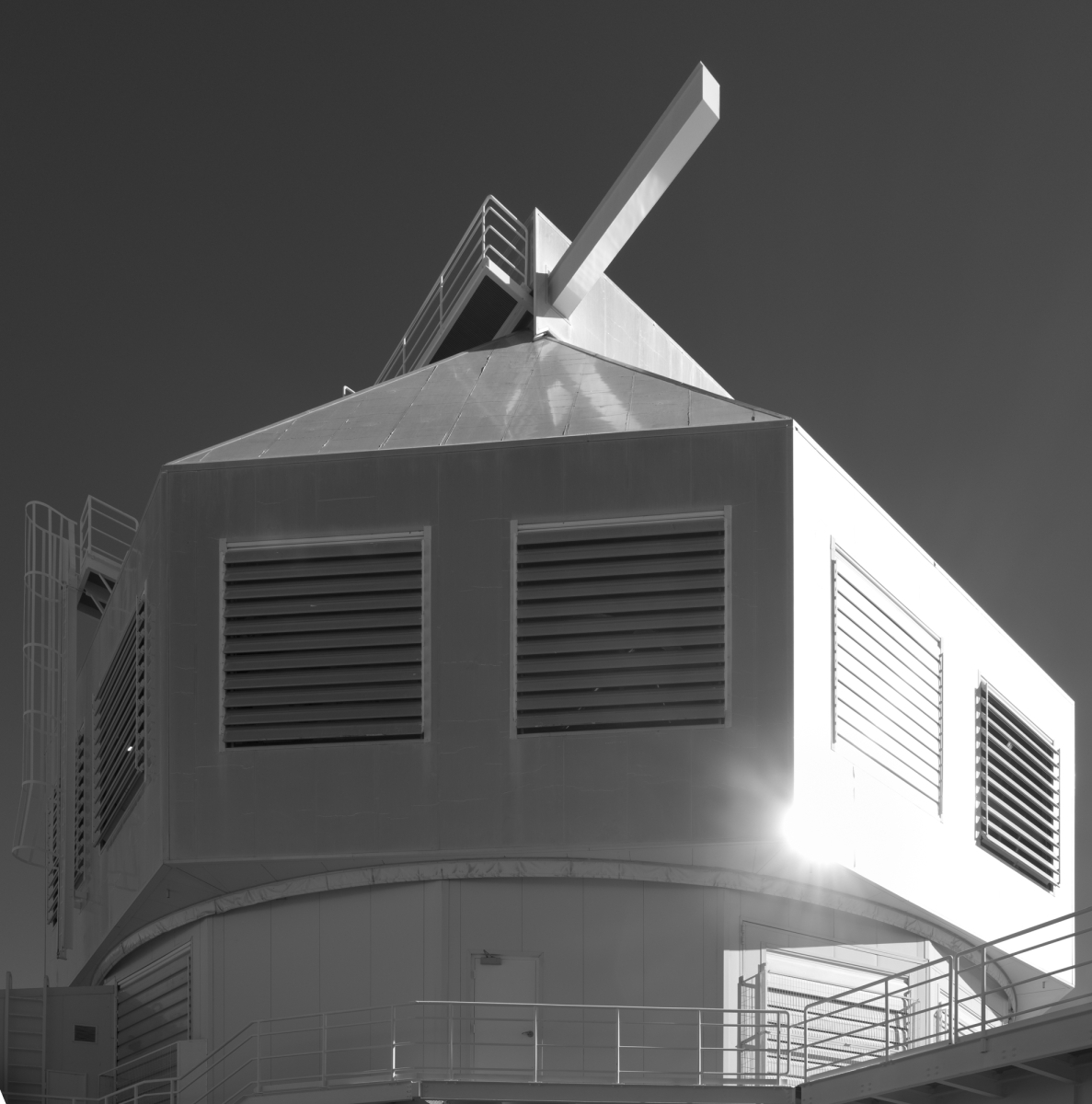Journey to the frontiers of the universe
A once-in-a-lifetime visit to the Giant Magellan Telescope, in Chile’s stunning Atacama Desert
Features

Sunset over the Atacama Desert
Text and Photos by Ruth Oratz MD
“Space: the final frontier. To explore strange new worlds; to seek out new life and new civilizations; to boldly go where no one has gone before!”
These opening words of the science fiction TV series Star Trek echoed through my mind as I traveled recently with a Weizmann delegation to Chile to visit the site of the Giant Magellan Telescope (GMT). Star Trek was science fiction, an aspirational imagination of a near future when humans would be able to move into outer space beyond the confines of our own planet. Now, our journey to the GMT was bringing us closer to the realization of this fantasy.
Led by Weizmann Institute President Prof. Alon Chen, our expedition took us to the Atacama Desert, to the furthest reaches of the Chilean Andes, an otherworldly place of awe-inspiring and raw beauty. The Atacama is the oldest, highest, and driest nonpolar desert in the world. It feels extraterrestrial, and is the perfect location for large telescopes—the air is rarified, unpolluted by ambient light, the skies are crystal clear and cloudless, and the infinity of stars are closer and brighter, filling the heavens with an incomparably dazzling display. This will be the site of the GMT.
For more than 50 years, the Las Campanas Observatory in the Atacama has been home to some of the world’s most powerful telescopes, including the twin Magellan Telescopes. Astronomers here have been studying celestial objects of special interest: the Galactic Center of the Milky Way, Proxima Centauri (the nearest star to our Sun), Magellanic Clouds, black holes, ancient galaxies, and exoplanets.

The Las Campanas Observatory
The Giant Magellan Telescope, now under construction, will be the largest optical-infrared telescope ever built, using seven enormous mirrors to peer further and deeper into space than ever before. The high resolution and quality of its images will provide scientists with data to better understand the origins and development of the universe, to search for signs of life, and to study the chemical and physical properties of cosmic elements. When completed, the GMT will be 200 times more powerful than any other telescope in the world.
The Weizmann Institute is a member of the Giant Magellan Telescope Organization (GMTO), an international consortium of 14 world-class institutions specializing in astrophysics. Weizmann scientists are at the forefront of GMT development and are poised to utilize the data gathered by the telescope to unlock the mysteries of the cosmos. Traveling with us were several lead members of the project from the Institute’s Department of Particle Physics and Astrophysics.
Prof. Avishay Gal-Yam, head of the Institute’s experimental astrophysics group and an expert on supernovae, studies the powerful and luminous explosions that mark the end of a star’s lifecycle—literally shedding light on the fundamental nature of the universe, its beginnings, and its evolution. Dr. Sagi Ben-Ami, an expert in astronomical instrumentation, is designing the spectrograph that will allow the GMT to measure the size of planets outside our Solar System and to detect “biosignatures” which could be signs of past or present life. Yahel Sofer Rimalt, a PhD student in his lab, also accompanied us. Working with Dr. Ben-Ami, Yahel is leading the design of G-CLEF (GMT-consortium large earth finder), an ultra-high-resolution spectrograph specifically designed for precision detection of Earth-like exoplanets.
Prof. Roee Ozeri, Vice President for Development and Communications and himself a leading authority on quantum physics and quantum-computing platforms, helped lead the delegation.
As we toured the site and visited the telescopes currently operating, the Weizmann scientists explained their research—teaching us the fundamentals and giving us a glimpse into the truly mind-blowing nature of their work. Reaching the frontiers of the universe with the Weizmann Institute is no longer a science fiction dream, it is reality.

G-CLEF Project
AVISHAY GAL-YAM IS SUPPORTED BY: Norman E. Alexander Family M Foundation Data Center, André Deloro Institute for Space and Optics Research, Arlyn Imberman Professorial Chair
SAGI BEN-AMI IS SUPPORTED BY: Azrieli Foundation, Peter and Patricia Gruber Awards, Aryeh and Ido Dissentshik Career Development Chair








